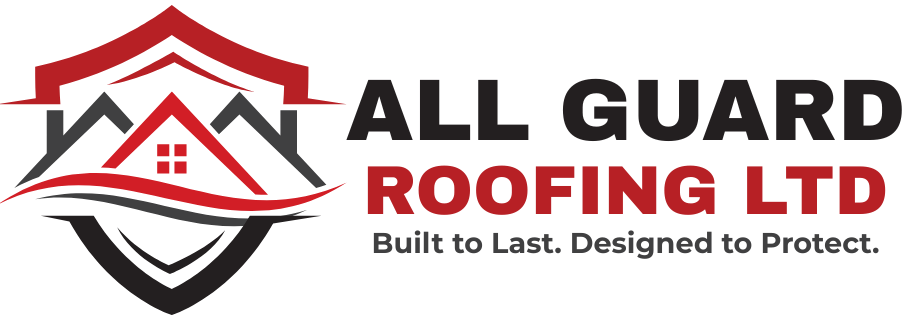What Is a Drone Roof Inspection?
A drone roof inspection sends a little flying robot—called a UAV—up into the sky, and it’s armed with a high-def. camera. The drone zips over, around, and above the roof, taking thousands of clear photos and videos. Inspectors get to see every nook and cranny without ever stepping on the roof itself.
How Does the Process Work?
Only a trained technician programs the take-off. They draw a path on a computer screen, lining every square inch of the roof. The drone lifts off and follows the marked road, snapping pictures in a second. Some models carry thermal cameras, which heat things up to find leaks and add energy efficiency clues. Once the drone is back, the team analyses the footage and generates a complete inspection report in no time.
Safety Benefits
When it comes to roof inspections, the top safety benefit is simply letting the drone do the climbing. Inspectors can stay safely on the ground instead of balancing on ladders or walking across steep, fragile shingles. Even tricky areas that once felt unreachable become easy to assess without putting anyone at risk of falling. Fewer trips to the hospital and more time on the job site, it’s a win for everybody involved.
Speed and Efficiency
A traditional roof check can eat up the entire afternoon. With a drone, that same job wraps up in 30 minutes or less. The drone zips across the roof, taking tons of photos that the inspector can review later. Finding missing shingles, cracked flashing, or sagging valleys? Quick and easy. Property owners find out what needs repair right away. It cuts waiting time for everyone.
Accuracy and Detail
Drones do more than speed up the inspection—they do it smarter. The camera captures high-resolution images that show every area of the roof, down to the tiniest detail. Some drones even include thermal cameras. These can spot hidden leaks or insulation gaps. The added detail lets homeowners make smarter decisions.
Cost Savings
Drones can lower inspection costs. There’s no need to rent scaffolding, drag ladders around, or call in a large crew. The job wraps up faster, so labour costs drop. Plus, by spotting small problems right away, the inspection can prevent air-tight, unseen damage from turning into more expensive, widespread repairs later on. The bottom line is up, and so being roof safety.
Access to Hard-to-Reach Areas
Hidden or dangerous areas, like a high chimney, skylight, or narrow roof valley, are often omitted from standard inspections. With a drone, nothing is off-limits. Small and nimble, it can take images from angles humans cannot safely navigate. This offers property owners value by providing a full roof assessment as opposed to a partial one. The result is fewer blind spots and a more reliable report inspection.
Digital Records for Future Comparison
One of the greatest benefits of aerial inspections is the ability to archive high-resolution photos and videos. Homeowners and contractors can track the changes over time with these digital records. By placing old and new images side by side, inspectors can tell if cracks are spreading or if shingles are wearing differently than anticipated. This running record helps ease planning for repairs, keeps maintenance on track and gives property owners peace of mind.
Kind to the Planet
Choosing drone inspections is a smart move for the environment. No heavy gear is needed, so there’s less waste.
Drones use battery power instead of gasoline. No smoke, noise, or carbon footprints. This clean technology keeps our roofs—and the air we breathe—much healthier.
Drones’ roof inspections are rewriting the rulebook on roof care. These flying helpers inspect faster, safer, and cheaply. By replacing risky, it’s giving roofs the upgrades they deserve. Security and savings are easy to come by for homeowners and businesses alike. To get next-level home roofing services, contact All Ground Roofing.

